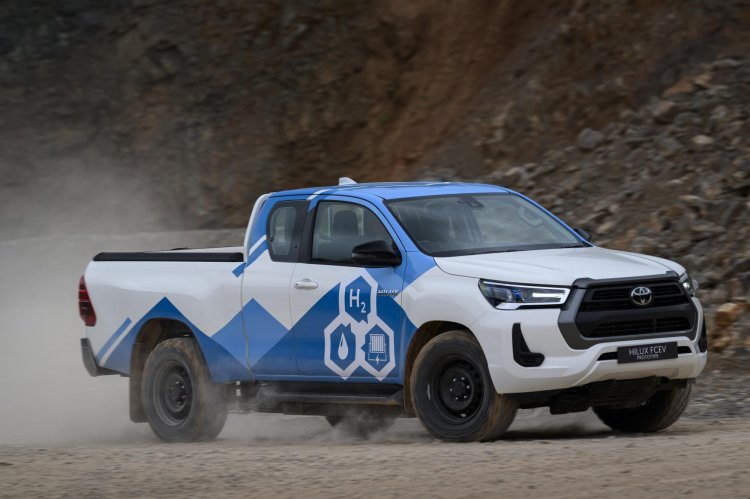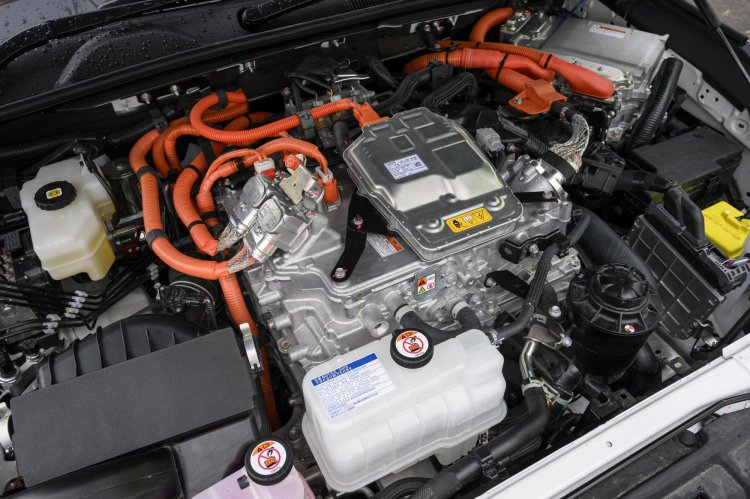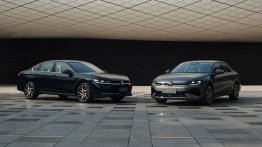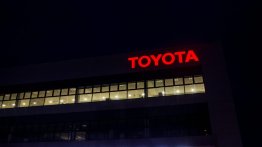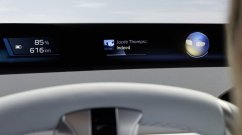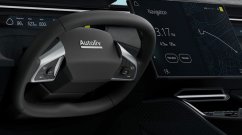Toyota's innovative hydrogen fuel cell Hilux project has reached a critical milestone, advancing to the final demonstration phase. This marks significant progress in Toyota's journey towards a zero-carbon future. Since unveiling the first prototype in September 2023, Toyota and its consortium partners, supported by UK Government funding, have moved into intensive evaluation and demonstration.
At Toyota Motor Manufacturing UK (TMUK) in Derby, England, ten fuel cell Hilux prototypes have been built. Five are undergoing rigorous field testing to assess safety, performance, functionality, and durability. The remaining five are used for customer and media demonstrations, including appearances at the upcoming Olympic and Paralympic Games in Paris 2024. This initiative aims to engage customers with hydrogen fuel cell technology, laying the groundwork for a successful hydrogen transport sector.
Also Read: Subaru, Toyota, and Mazda to Develop New Engine for Electrification Era
Based on the renowned Toyota Hilux, known for its Quality, Durability, and Reliability (QDR), the hydrogen fuel cell prototype retains its rugged appearance and dimensions: 5325 mm long, 1855 mm wide, and 1810 mm tall in extra-cab format. However, it's the integration of Toyota’s fuel cell technology, derived from the Toyota Mirai, that sets it apart.
The hydrogen fuel cell Hilux boasts a driving range of up to 600 km, surpassing what a battery electric system might achieve. Hydrogen's light weight allows for a higher payload and towing capacity compared to other zero-emission alternatives. Hydrogen is stored in three high-pressure fuel tanks with a total capacity of 7.8 kg, mounted within the ladder frame chassis. The fuel cell stack, containing 330 cells, is positioned above the front axle.
Also Read: Toyota Develops Dummy Fingers to Enhance Worker Safety in Auto Factories
Power is delivered via an e-motor on the rear axle, providing 134 kW (182 DIN hp) and 300 Nm of torque. The system produces no tailpipe emissions, only pure water. A lithium-ion hybrid battery, which stores electricity generated by the fuel cell, is positioned in the rear load deck, avoiding any loss of cabin space.
The hydrogen fuel cell Hilux exemplifies how fuel cell technology can be seamlessly integrated into a pick-up, reinforcing Toyota's commitment to innovative and sustainable transportation solutions.
